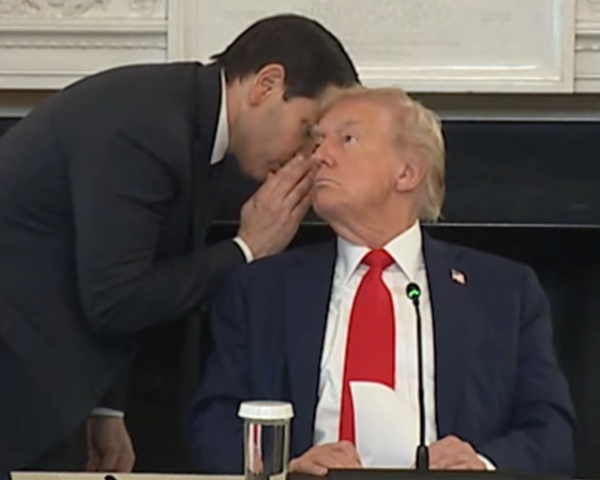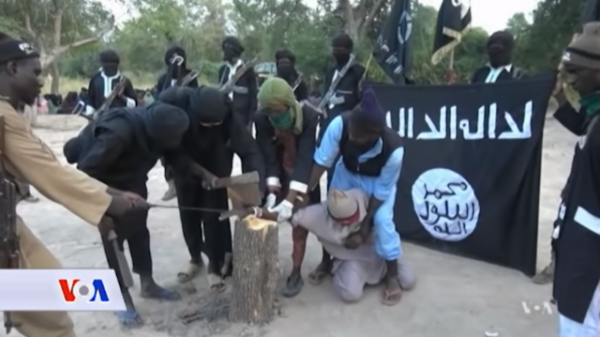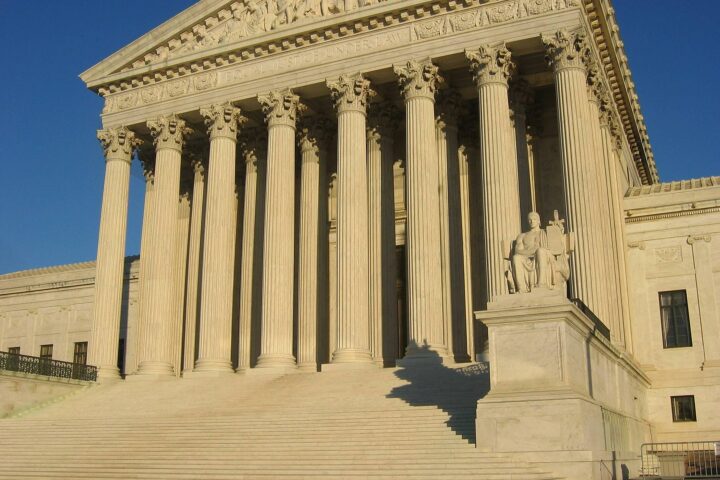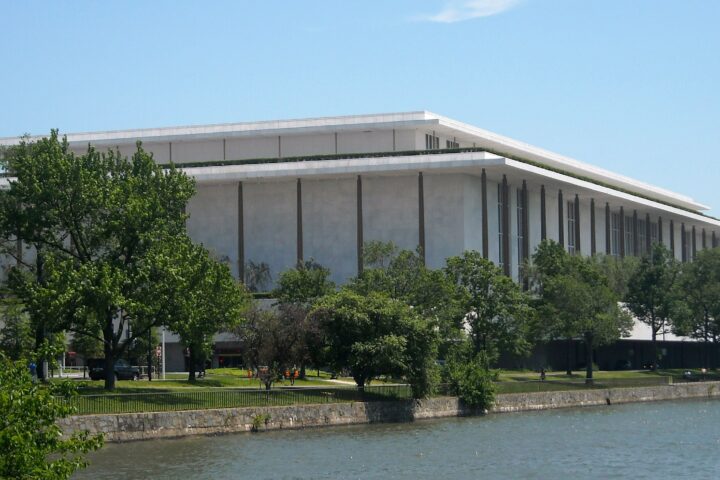A fighter jet scrambled by the North American Aerospace Defense Command (NORAD) intercepted a civilian aircraft Saturday afternoon after it entered restricted airspace over Bedminster, New Jersey, where President Donald Trump is spending the holiday weekend at his private golf club.
The incident occurred just before 2:40 p.m., when the civilian aircraft crossed into a Temporary Flight Restriction (TFR) zone established to protect the president. NORAD confirmed the jet executed a routine “headbutt” maneuver—flying in front of the plane at close range—to get the pilot’s attention before safely escorting the aircraft out of the restricted area, according to Fox News.
US fighter jet intercepts suspicious plane over Trump’s golf club
Five separate incursions into restricted airspace occurred over Bedminster on Saturday, NORAD has said
An F-16 fighter jet intercepted a civilian aircraft that violated restricted airspace over President Donald… pic.twitter.com/SM56BXeiHK
— Mark Brewer (@theapril29th) July 6, 2025
This was not an isolated event. The breach marked one of five unauthorized entries into the protected airspace on Saturday alone—an unusually high number for a single day. Military officials emphasized the seriousness of the repeated violations, noting that NORAD’s layered defense network—including radar systems, satellite monitoring, and quick-response fighter aircraft—is specifically tasked with defending sensitive airspace, particularly when the commander-in-chief is on site.
In response, the 1st Air Force, which supports NORAD’s continental operations, issued a sharp warning to civilian pilots via social media, directing them to review Notices to Airmen (NOTAMs) 1353, 1358, 2246, and 2247 before flying near Bedminster. “No excuses!” the post declared. “Stay sharp, stay legal, and stay out of restricted airspace.”
Officials from the Federal Aviation Administration, Department of Defense, and NORAD declined to offer further details when contacted by Fox News Digital. The episode underscores the ongoing challenges in managing temporary no-fly zones, particularly during presidential visits, and serves as a pointed reminder for private pilots to remain vigilant and informed.








